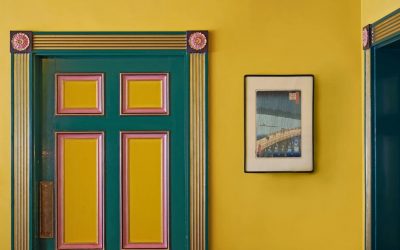Kuniyoshi’s epic ukiyo-e series The 108 Heroes of the Suikoden, features tattooed warriors, dynamic compositions, and a lasting influence.
japanese art
The Art of the Edo Period: A Floating World in Full Color
Step into the vibrant world of Edo-period art, where ukiyo-e rose from street culture to become Japan’s most iconic global visual tradition.
Why Hokusai Manga Was More Than Just Sketches
Hokusai Manga was not a comic book—it was a groundbreaking visual archive of Edo life, influencing artists worldwide for centuries.
The 5 Most Known Ukiyo-e Artists of the Edo Period
Meet the five most known ukiyo-e artists of the Edo period—Utamaro, Sharaku, Hokusai, Kuniyoshi, and Hiroshige—and how they shaped Japan’s floating world.
Katsushika Hokusai’s One Hundred Views of Mount Fuji: A Final Masterpiece in Ink and Spirit
Hokusai’s final series, One Hundred Views of Mount Fuji, reveals his spiritual peak—three volumes of profound linework and lasting legacy.
What Kumamon Teaches Us About Japanese Design
How Kumamon’s minimalist design reflects timeless Japanese aesthetics, from Zen simplicity to kawaii charm and modern visual storytelling.
The Ultimate Guide to Hiroshige’s Sudden Shower Over Shin-Ohashi Bridge and Atake
Step into Hiroshige’s rainy Edo with “Sudden Shower Over Shin-Ohashi Bridge and Atake”—explore its print variations, auction history, and timeless beauty.
How Prussian Blue Changed the Face of Ukiyo-e
See how Prussian blue transformed Japanese ukiyo-e, reshaping Hokusai’s waves, Hiroshige’s rains, and the global art landscape forever.
Why Did Hokusai Move Over 100 Times During His Life?
Katsushika Hokusai, the legendary ukiyo-e artist, is said to have moved over 100 times. See why his restless spirit shaped his art and life.









